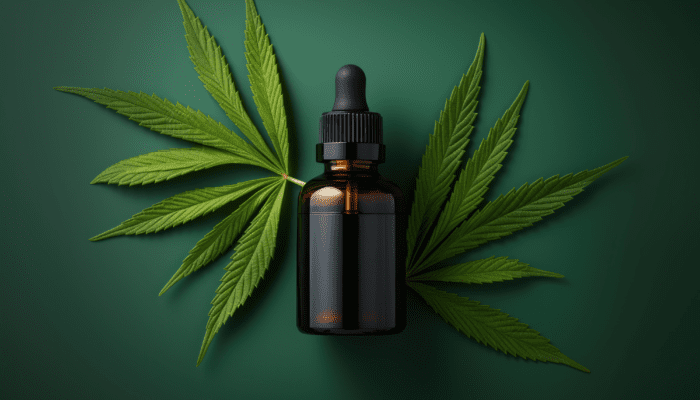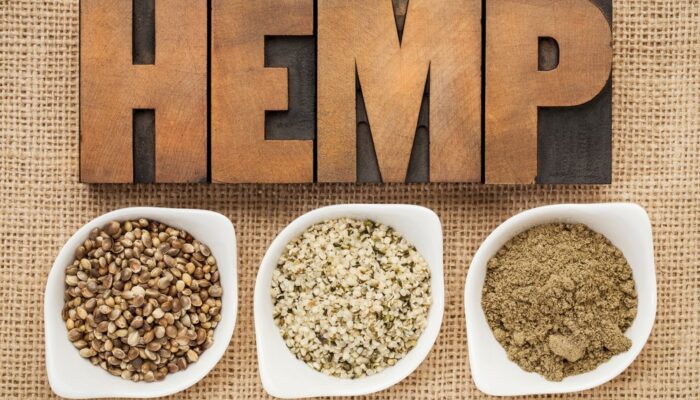CBG, or cannabigerol, is the part of the Cannabis plant you probably have never heard of. Despite this, it outcompetes even CBD in its ability to help with various medical conditions, especially pain. By working on the brain and the body, CBG can substantially reduce the amount of pain we experience. But are there any downsides? Let’s find out.
Pain, the Internal Nightmare

Pain — something that we have all experienced in one way or another. This can include acute pain, like when you broke your leg during that soccer game, or chronic pain, such as what women would experience during long-lasting conditions such as endometriosis. But what is it?
Pain is defined as “an unpleasant sensory and emotional experience associated with actual or potential damage” (1). As we all know, pain is a subjective experience; we all experience it differently. In the body, pain is the result of a complex interaction between the body’s signaling systems, telling the brain something is wrong.
As the brain is responsible for interpreting these warning signals, it is possible to dampen down this warning system through medications called analgesics. Cannabinoids such as cannabigerol (CBG) are included in this group. So, what is CBG?
What Is CBG?
CBG, discovered for the first time in 1964 (3), is one of the least studied phytocannabinoids. It is considered the “grandfather” of all cannabinoids, as it is the precursor to THC and cannabinoids (CBD) (4). Despite this, the yield of CBG is incredibly low, with the biomass of a marijuana plant containing only about 1%. This means if you compare CBG with CBD in the same plant, you can obtain 20 times more CBD than you would CBG.
Despite this low yield, CBG is incredibly useful in the pharmaceutical and nutraceutical realms. It has been shown to reduce neuroinflammation in the brain, associated with diseases such as multiple sclerosis (5). CBG has also been found to be an effective antimicrobial (6), reduce nausea (7), help individuals with eating disorders (8), reduce certain cancers (9), and to be an effective treatment of Inflammatory Bowel Disease (10).
Due to the low yield, CBG is incredibly expensive to make, resulting in it being termed the “Rolls Royce” of cannabinoids (11). Despite this, however, CBG has been coming into its own. CBG is significantly more potent than CBD, especially in terms of pain management (12). So, how does CBG reduce pain?
How Can CBG Help Pain, Naturally?
Until recently, how CBG was able to reduce pain in the body was relatively unknown. We now we understand two things: CBG can directly cross the blood-brain barrier, and CBG directly influences the signaling mechanisms that indicate to the brain that you are in pain (13).
Blood-Brain Barrier
CBG crosses the blood-brain barrier with significant ease. This barrier can be thought of as simply the protective layer surrounding the brain, making sure nasties do not get in. CBG is able to cross this “force-field”, which is one of the ways it can reduce pain. In the brain, there live two receptors that bind to cannabinoids: these are called CB1 and CB2. When CBG is present, it binds to these receptors, causing a cascade of different processes, ultimately ending up with a reduction of the signals which tell the brain you are in pain (14).
Slowing the Signals That Indicate Pain
Several investigations have shown that phytocannabinoid mixtures, including CBG, are incredibly effective at reducing the signals of pain and inflammation from the body to the brain (15). It can do this by reducing the concentration of hormone-like lipids which are in charge of the inflammatory response and pain (16). Some studies have shown that these phytocannabinoid mixtures are able to do this so powerfully, it can outcompete other synthetic pharmaceuticals such as aspirin (17).
The Downsides to CBG as a Pain Reliever
The biggest downside to CBG is the fact that it is hard to make and has an incredibly low absorption rate into the body (18). All cannabinoids are known as lipophilic, meaning they hate water and love fat.
Considering that our bodies are mostly water, this is where we come into a bit of trouble. The absorption rate for cannabinoids can be as low as 6%; this is because the liver filters them out before they can be absorbed (19).
As CBG is already very difficult to extract due to its low yield and high expense, this leaves us all scratching our heads. Thankfully, there are companies such as Silver Lion Farms that use state-of-the-art production of hemp, helping to overcome the possible shortage of CBG. Also, there are some new methods for increasing the absorption of cannabinoids, including using lipids to transport them straight to the gut (20).
The Bottom Line
CBG is one of the most important phytocannabinoids you have never heard of. Along with helping to alleviate cancer and bowel disorders, CBG is particularly useful in combatting pain. By working on the brain and the body, CBG can dampen the amount of pain you feel, but this is not without some downsides. Along with low bioavailability, CBG is expensive to produce. It is worth, however, keeping an eye on.




